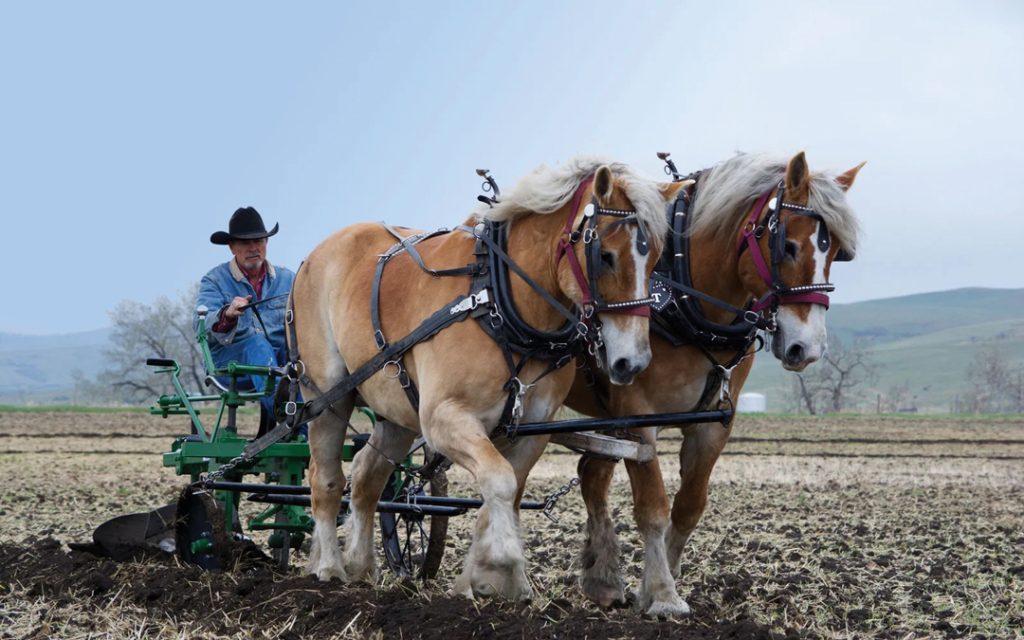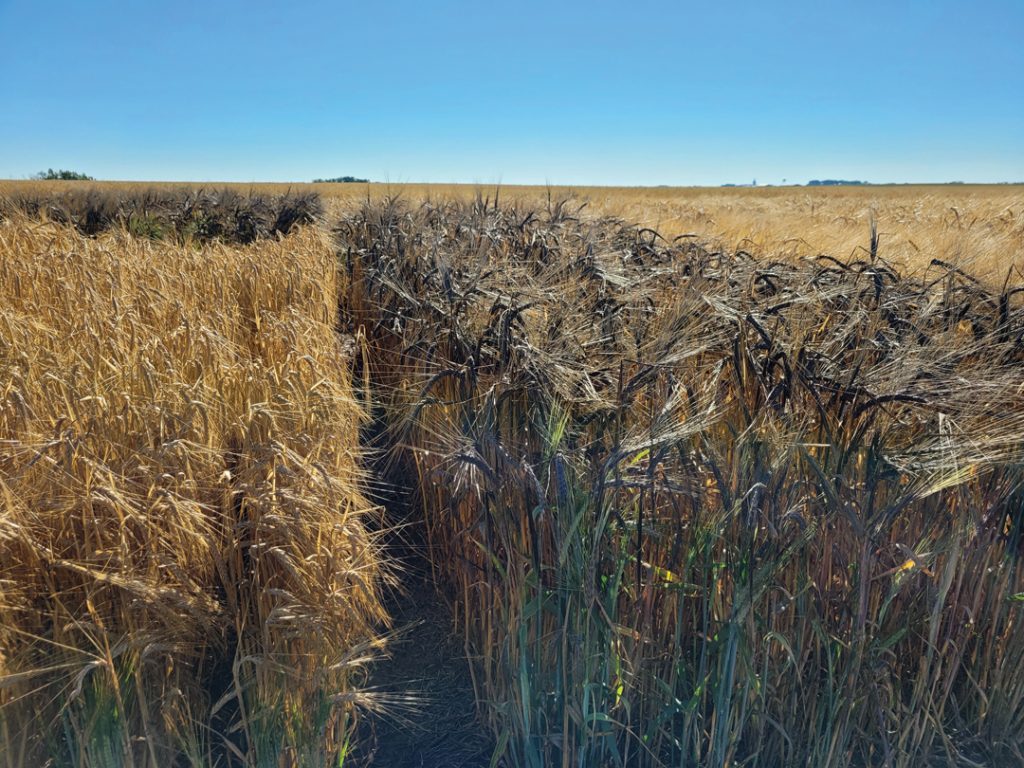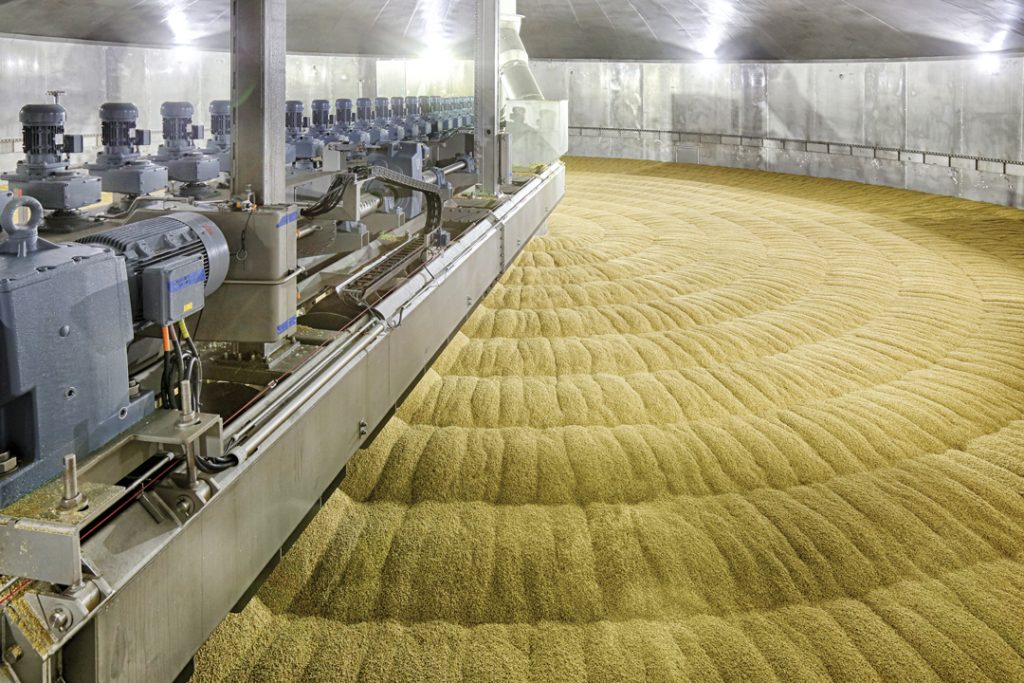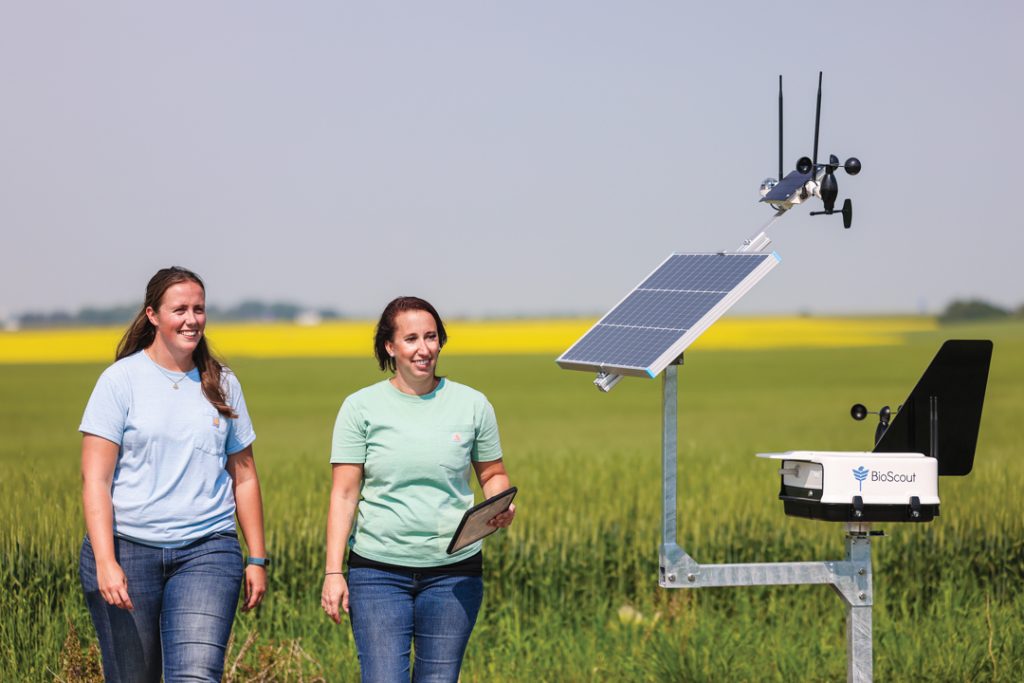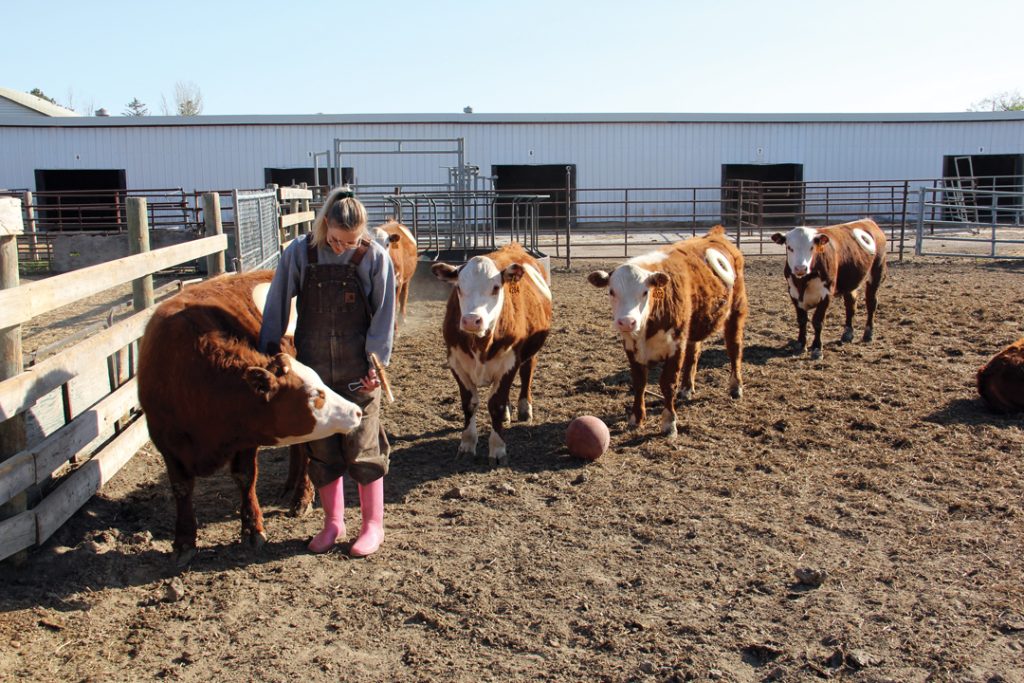MYSTERIOUS MOTIVATIONS
China is a top destination for Canadian barley, canola and wheat. Canada has typically had the largest market share for canola and been competitive in malting barley. Both of these crops have experienced the rollercoaster of Chinese trade policy. While market access for canola was restricted during the Huawei crisis, Canadian barley benefitted from China’s diplomatic spat with Australia. Generally unaffected by politics, Canada is China’s main source of high-quality wheat, primarily CWRS.






